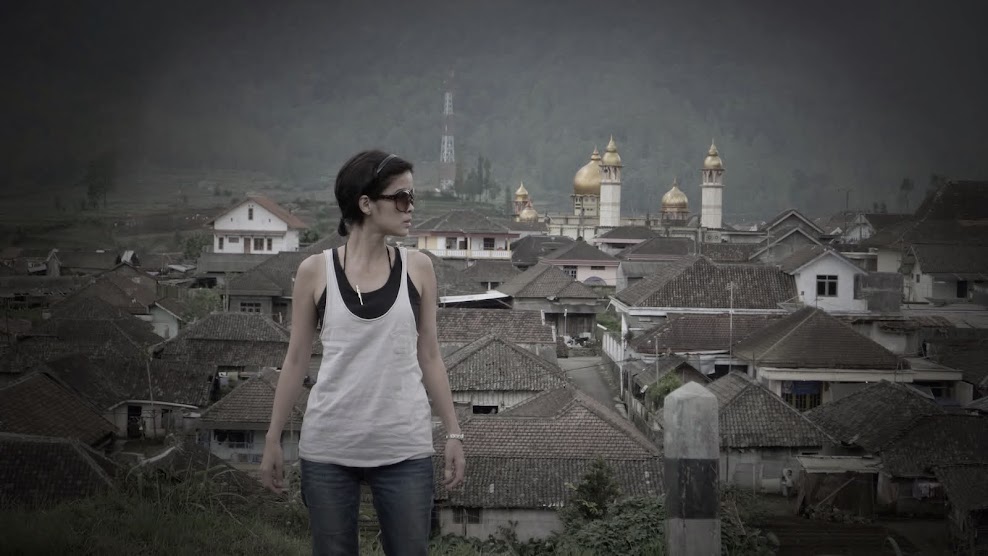KATHMANDU, Nepal (WOMENSENEWS)-- The capital city of Nepal is slowly and painfully rebuilding after a 7.8 magnitude earthquake struck this Himalayan country on a seemingly ordinary lunch hour on April 25, a Saturday.
Water supply is intermittent in Kathmandu because of the damage to water pipes by the earthquake. Women and children collect water from a public source near Basantapur Durbar Square.






